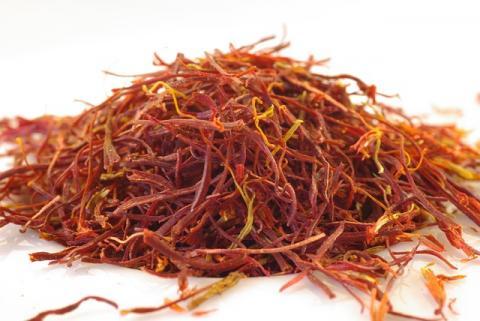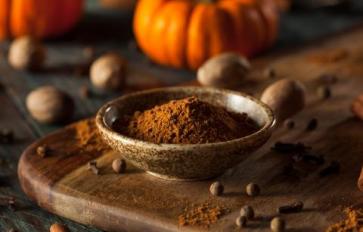
Saffron has been used to treat common ailments for thousands of years. Ayurvedic medicine uses this spice to treat ailments from acne to arthritis. Modern science now shows that this spice, favored in many Eurasian diets, has potent effects against cancer.
Known in the scientific community as Crocus sativus L., saffron contains powerful protective chemicals, the most potent of which are chrocin, crocetin, and safranal. These three chemicals protect cells against damaging particles called radicals. They also protect our DNA against mutations. They also calm the immune system to reduce inflammation. Since inflammation promotes cancer, this is a powerful way to combat against cancer..
Stomach Cancer
Scientists wanted to know if saffron could treat stomach cancer. Using human stomach cancer cells, called AGS, the researchers found that saffron was able to slow the growth of the cancer. It did this by causing the cancer cells to die. Upon further experiments, the researchers discovered that saffron made the cancer cells digest themselves from the inside out. As a comparison to stomach cancer cells, the researchers gave saffron to normal human skin cells. The saffron had no effect on the normal cells.
Colon Cancer
Since colon cancer takes 15-20 years to transition from pre-malignant stages to cancer, natural dietary treatments are a simple protective measure against this disease. Researchers tested the effect of saffron on three different colon cancer cell lines. Saffron slowed the growth of colon cancer cells, but did not affect the growth of normal colon cells. The higher the dose of saffron, the stronger the effect of slowing the growth of the cancer cells.
Breast Cancer
Chemotherapy is a common treatment against breast cancer. However, some breast cancers are tough and not killed by chemotherapy. A human breast cancer cell line called MCF7/VCR is resistant to a chemo drug called vincristine. However, treating these cells with saffron caused them to die by activating two different mechanisms: when both saffron and vincristine were given at the same time, the saffron made the MCF7/VCR cells vulnerable to the vincristine. Thus, saffron not only has anti-cancer effects on its own, but can aid chemotherapy.
Lung Cancer
Two studies looked at the effect of saffron on lung cancer cells. In both studies, treating the cells with saffron slowed down the growth of the cells. Not only did the population of cancer cells increase more slowly, more of the cells were dying. The cells were called A549 cells, which is a very common lung cancer cell line that is studied by researchers.
Prostate Cancer
The effect of saffron was examined on five different prostate cancer cell lines and two normal prostate cell lines. In the five cancer cell lines, saffron reduced growth of the cells. The higher the dose and the longer the treatment, the more the cancer cells were stopped from growing. Additionally, saffron had no effect on the growth of normal prostate cell lines, highlighting the safety of this spice.
This article does not substitute medical advice. Please consult your healthcare provider before beginning any new regimen.
References
1. Hoshyar et al. “Crocin triggers the apoptosis through increasing the Bax/Bcl-2 ratio and caspase activation in human gastric adenocarcinoma, AGS, cells.” DNA and Cell Biology. 2013; 32:50e57.
2. Aung et al. “Crocin from Crocus sativus possesses significant antiproliferation effects on human colorectal cancer cells.” Experimental Oncology. 2007; 29:175e180.
3. Zhong et al. “Crocetin induces cytotoxicity and enhances vincristine-induced cancer cell death via p53-dependent and -independent mechanisms”. Acta Pharmacologica Sinica. 2011; 32:1529e1536.
4. Samarghandian et al. “Suppression of pulmonary tumor promotion and induction of apoptosis by Crocus sativus L. extraction.” Applied Biochemistry and Biotechnology. 2011; 164:238e247.
5. D'Alessandro et al. “Crocus sativus stigma extract and its major constituent crocin possess significant antiproliferative properties against human prostate cancer.” Nutrition and Cancer. 2013; 65:930e942.







